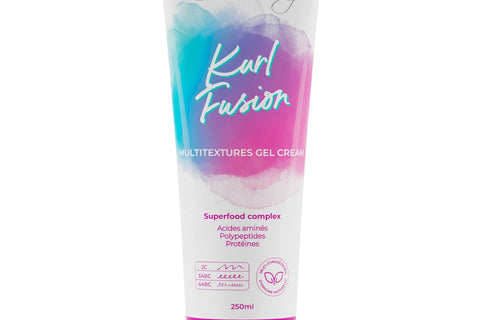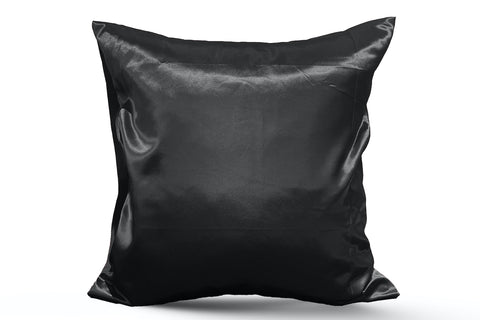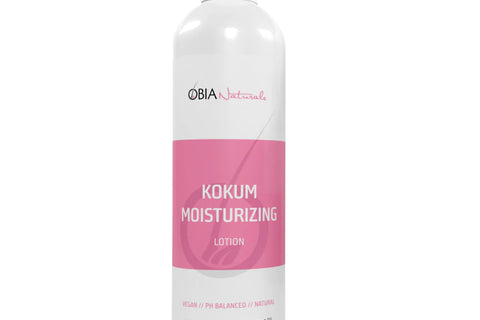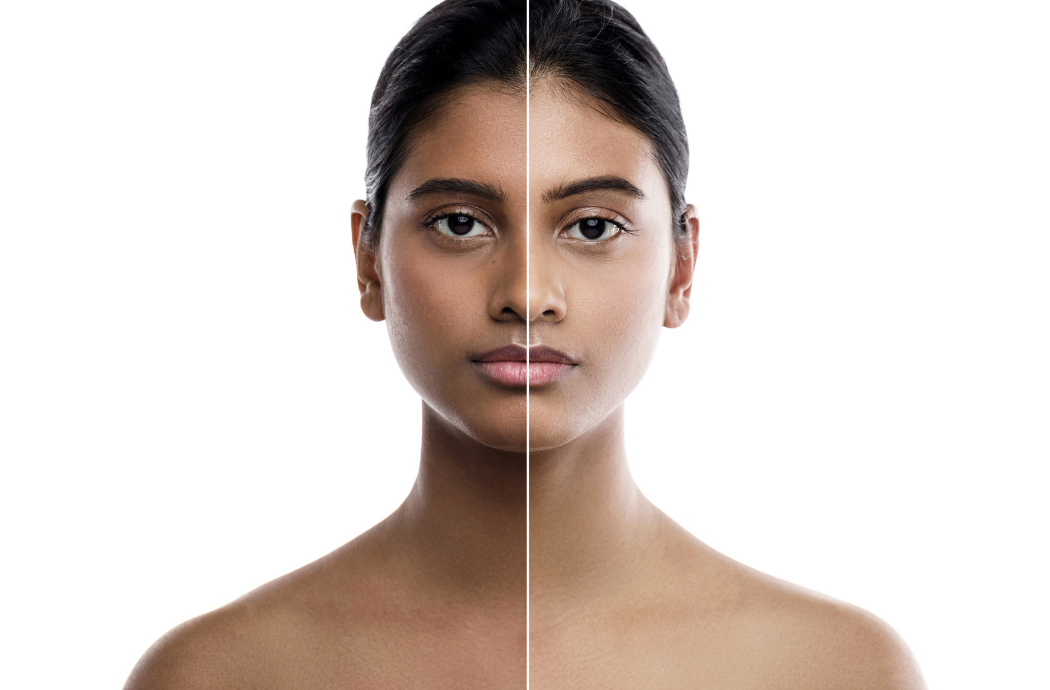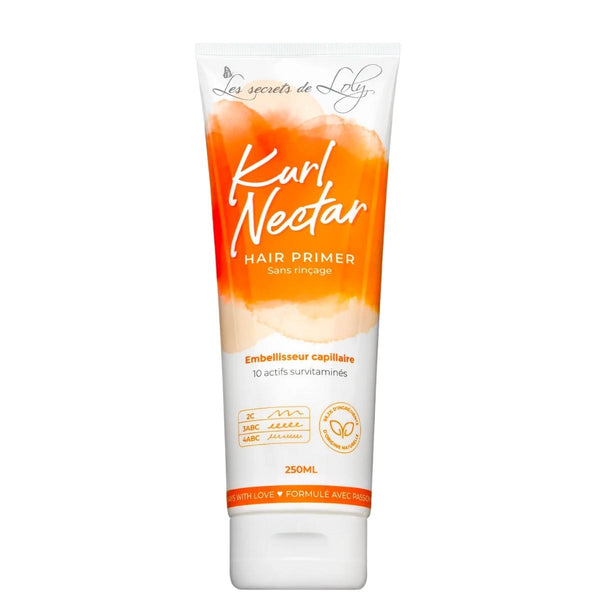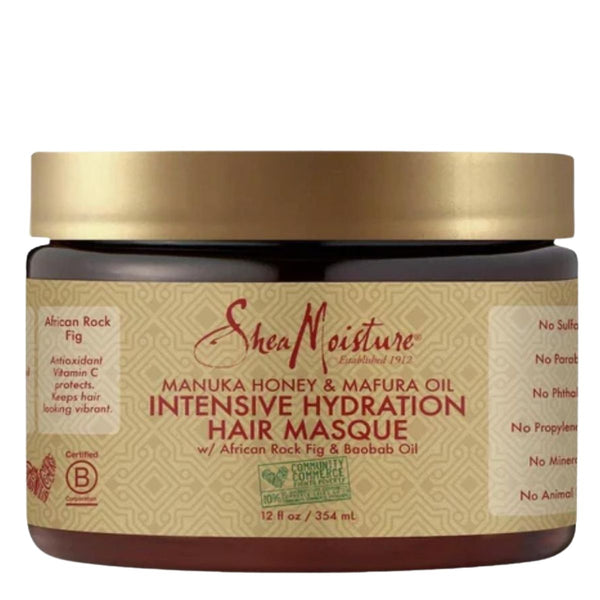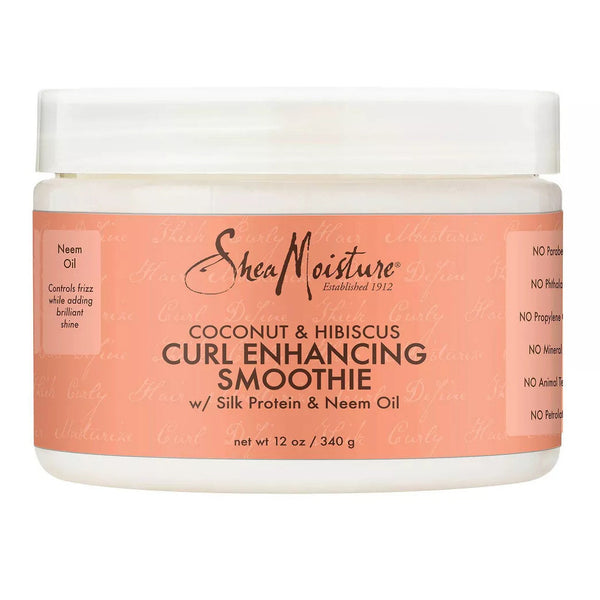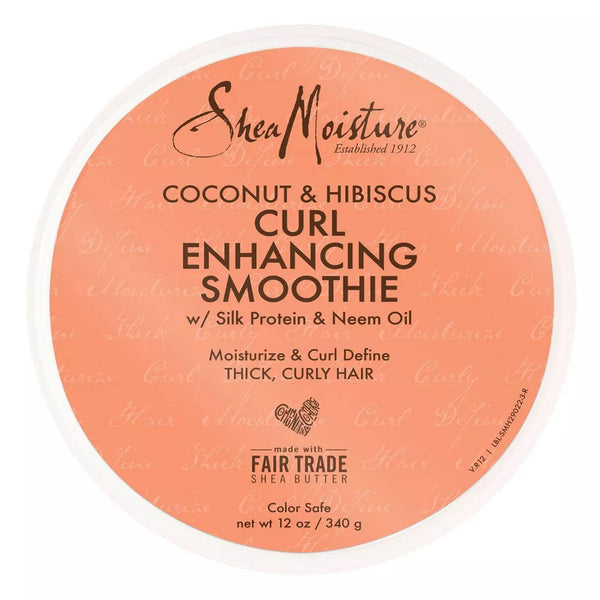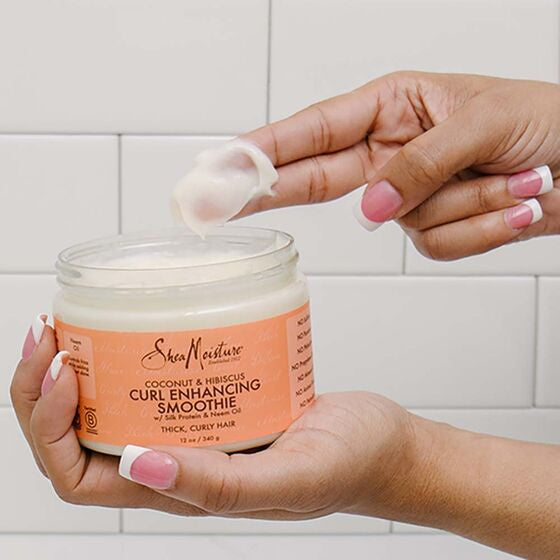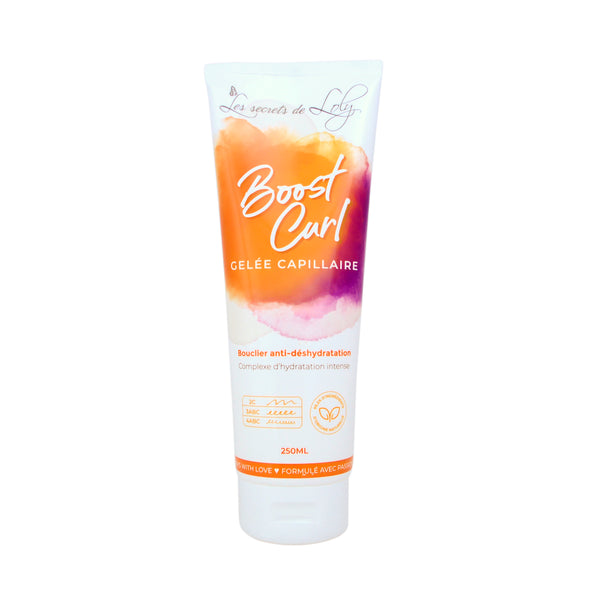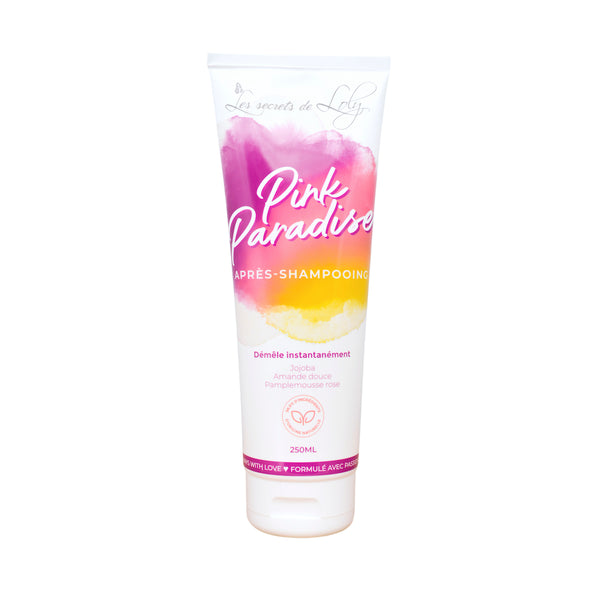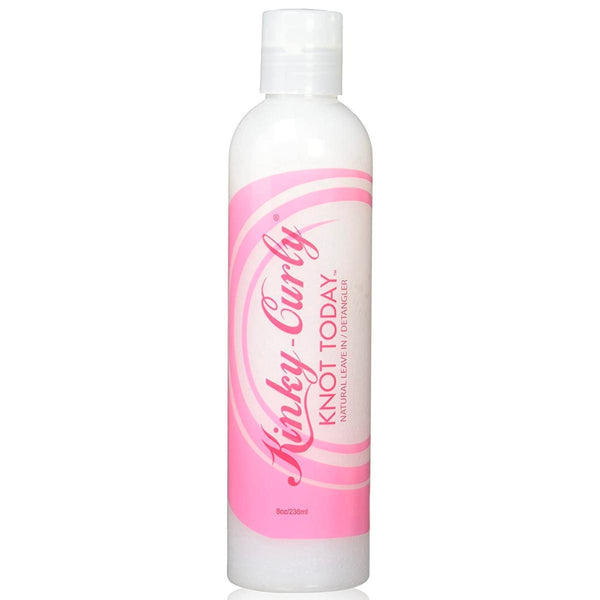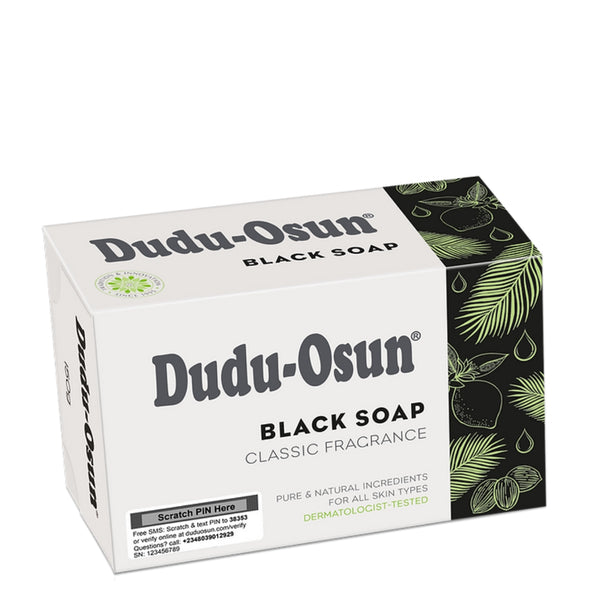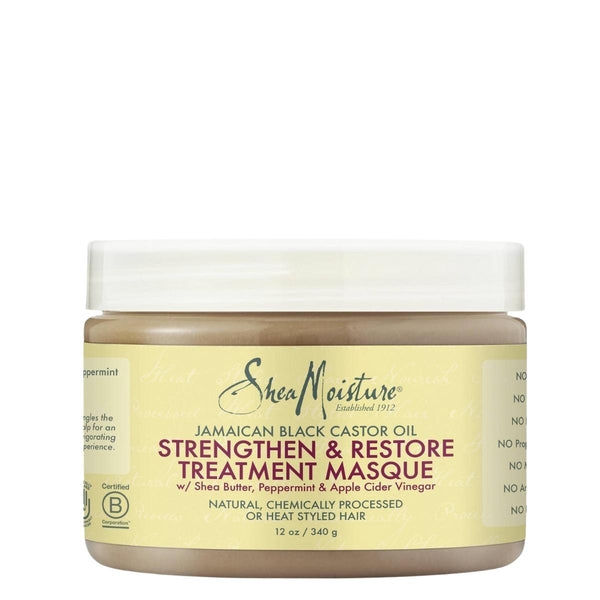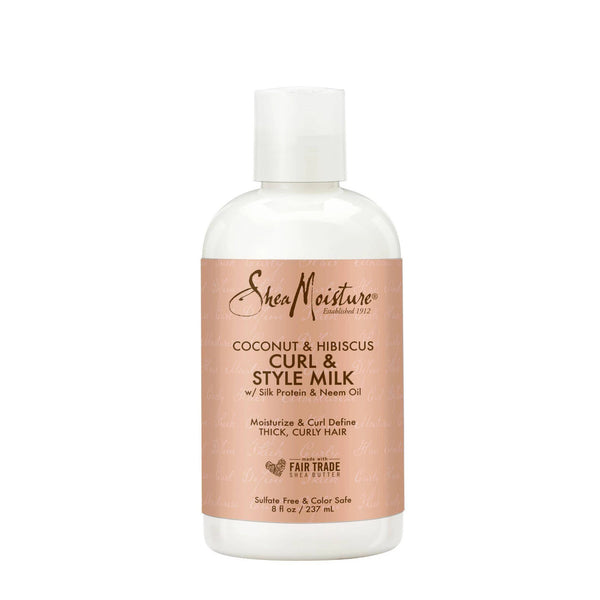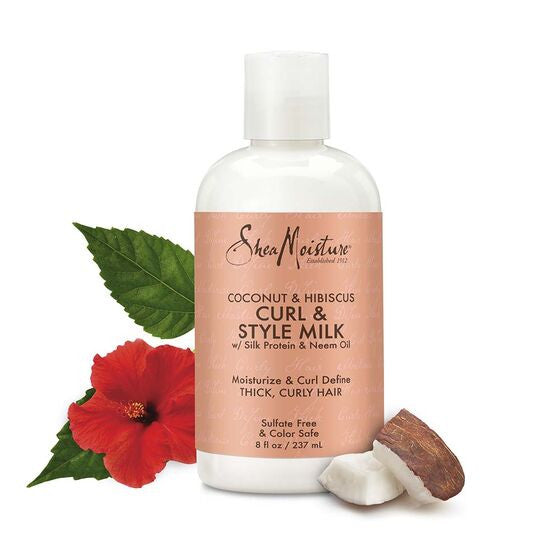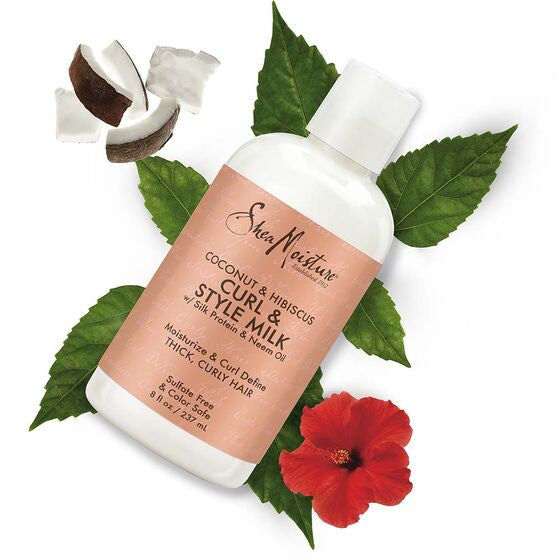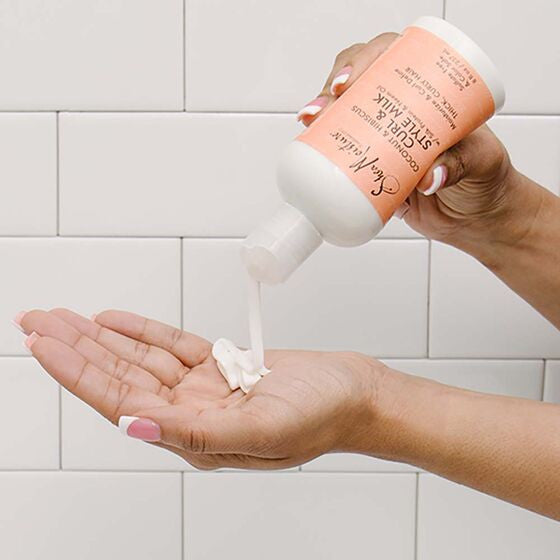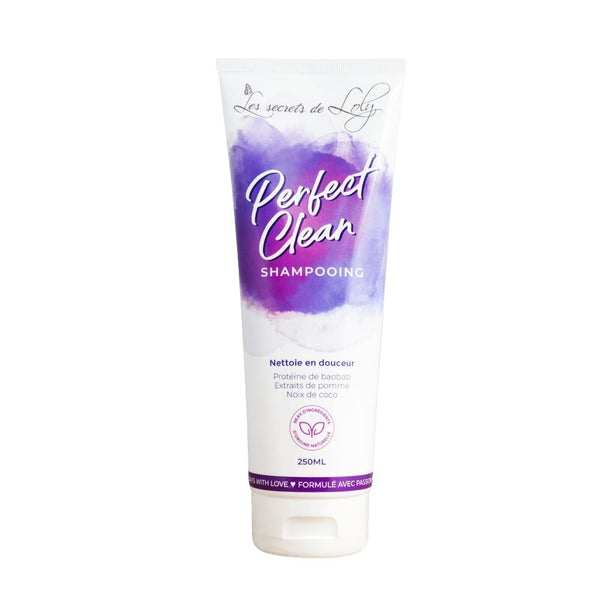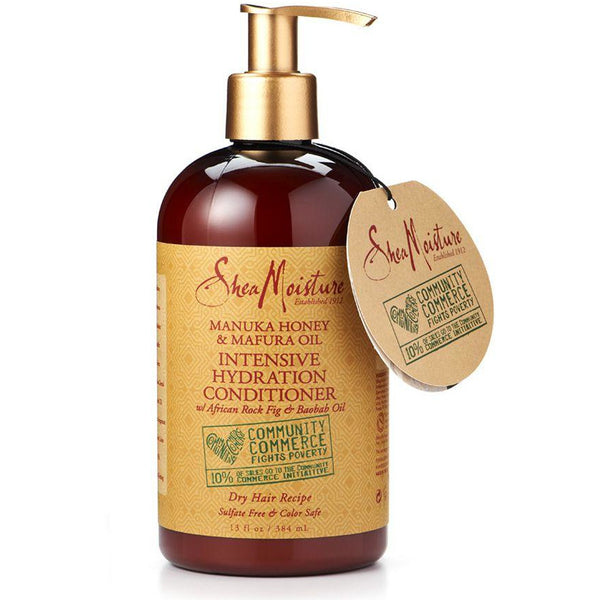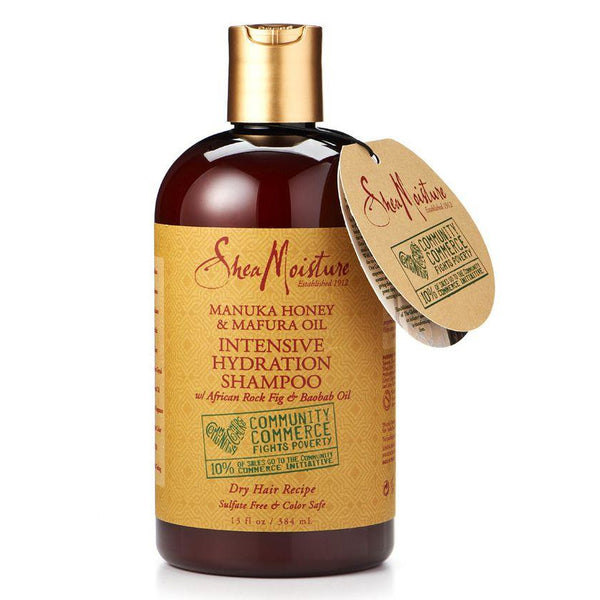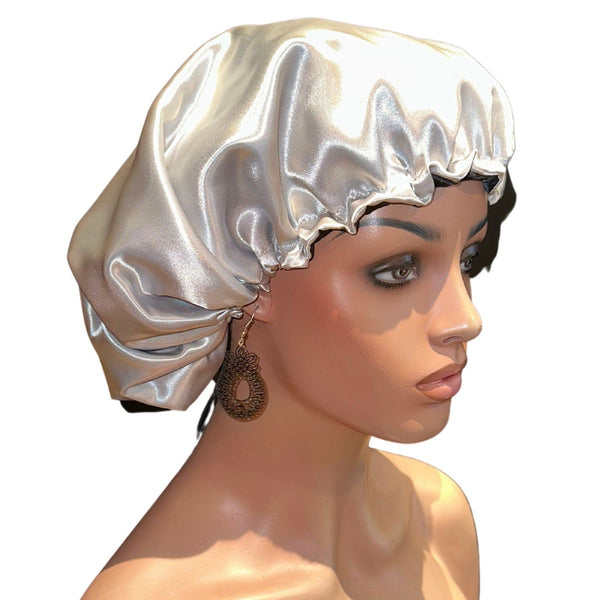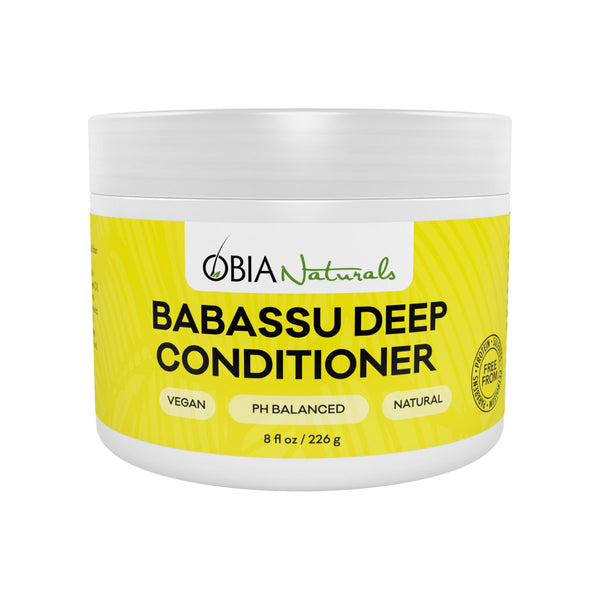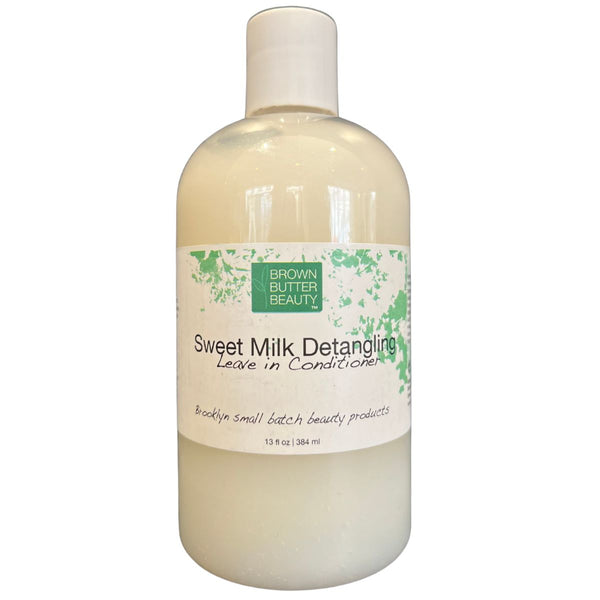Our society is marked by dictates of beauty which open the way to more or less dangerous practices, with the aim of aligning ourselves as much as possible with these standards of beauty.
Skin whitening is one of these practices adopted in the four corners of the world. This phenomenon affects Asia and Africa more.
For example, in Nigeria, three quarters of women regularly use lightening products to whiten their skin.
However, skin whitening causes many dangers to the skin that can have irreversible consequences.
However, whitening of the skin is not a new phenomenon without warning signs, it is the consequence of centuries of psychological and physical abuse which have paved the way for many discriminations based on physical appearance.
The consequence of social pressure
The whitening of the skin is one of the consequences of beauty dictates partly based on colorism. This discrimination based on skin color and facial features has its origins during colonization.
This period marks the foundation of relations of domination and a racist ideology that are detrimental to people with dark skin, thick features and textured hair. This is how skin color becomes an identity marker; people approaching Western physical ideals were then more accepted.
"The idea that a mixed or white complexion is more attractive is the impression that one will be better socially considered with a lighter complexion" - Leslie Carombo, cosmetologist.
This ideal of fair skin was conveyed throughout the world, especially in other colonized countries - outside sub-Saharan Africa - which subsequently integrated this process of negrophobia to align themselves with these Western standards. This is the case of Asian countries, where this process of alienation explains the high rate of skin bleaching. In Asia, dark skin is also considered an indicator of class and social success. since people with dark skin are often peasants exposed to the sun during their working hours.
This negative representation of black skin opens the way to many forms of discrimination.
What is Skin Whitening?
First of all, it is important to know that melanin helps protect the skin from the sun's ultraviolet rays, which cause skin aging and skin cancer. We owe melanin the dark pigment of our skin, our hair, our body hair and our tan.
Skin whitening can be practiced in the form of lightening cream, injection, tablets, or even by the artisanal practice which is cream with bleach.
The daily use of a whitening cream is the most widespread technique. This whitening cream has a dangerous composition, there are: lead, cortisone or hydroquinone.
Skin whitening is mainly caused by two main active ingredients: hydroquinone and cortisone.
Hydroquinone is responsible for the depigmentation of the skin in the form of spots since it interrupts the production of melanin on certain areas of the skin. As for cortisone, it completely refines the skin and denatures it, which weakens the epidermis. Usually sold as a medicine, cortizone has been diverted as a whitening cosmetic treatment.
The dangers of skin whitening
The use of skin lightening products can have irreversible health consequences. Indeed, whitening of the skin causes:
- cysts
- Acne
- The appearance of brown spots
- eczema
- stretch marks
In some women, it also plays on the sex hormones, thus causing the appearance of hyperpilosity in the chin and neck.
Stripping products make the skin red and fragile, it is therefore less resistant to shocks which leads to the appearance of bruises. In addition, the cortisone present in certain products causes the elastic fibers of the skin to crack. Once these elastic fibers are weakened, it is unfortunately no longer possible to treat them.
In some cases, they can also cause:
- High blood pressure
- Diabetes
- Renal failure
- Neurological disorders
And this, even if we stop using these lightening products. Whitening of the skin is also a factor in skin cancer.
The immune system being weakened, it is more exposed to viruses, fungi and parasites.
So few suspect it, the bleaching of the skin is not without consequences on mental health. This phenomenon can be quite addictive, so once you start bleaching your skin, it's very hard to stop.
Colorful Black's recommendations
It is important to appreciate our beautiful black skin which is a precious heritage. Moreover, our melanin is a protective barrier against multiple ailments such as skin aging.
However, it may be subject to a specific skin problem, namely : hyperpigmentation spots, for this Colorful Black recommends the following products:
In'Oya Anti-Blemish Care

This treatment is to be applied to all areas with imperfections, i.e. the face, neck, décolleté and back. Its key ingredient, which is none other than tea tree, allows you to deeply purify your skin.
The properties of In'Oya's Anti-Blemish Care: anti-bacterial and anti-inflammatory to effectively eliminate imperfections and reduce the marks caused by acne pimples.
Nubiance Day Formula Hyperpigmentation Correcting Care

This treatment helps to regulate the over-production of melanin during healing while providing sun protection against ultraviolet A and B rays. This corrective treatment provides hydration and uniformity to the complexion.
It is also recommended to use the Night Formula which has some additional actions:

- It detoxifies the skin
- Repairs the skin giving radiance to the complexion
- Tighten skin pores
Moreover, taking care of your skin starts from the inside. For this, we recommend the occasional use of food supplements. Biolissime Skinoxy Caps food supplements boost the immune defenses while acting well on the firmness of the skin and on brown spots.

However, be sure to consume them as part of a healthy lifestyle (ie: balanced diet, hydration, physical activity, sleep).
Did you like this article? In line with the latter, find our article on texturism , discrimination based on hair type.
